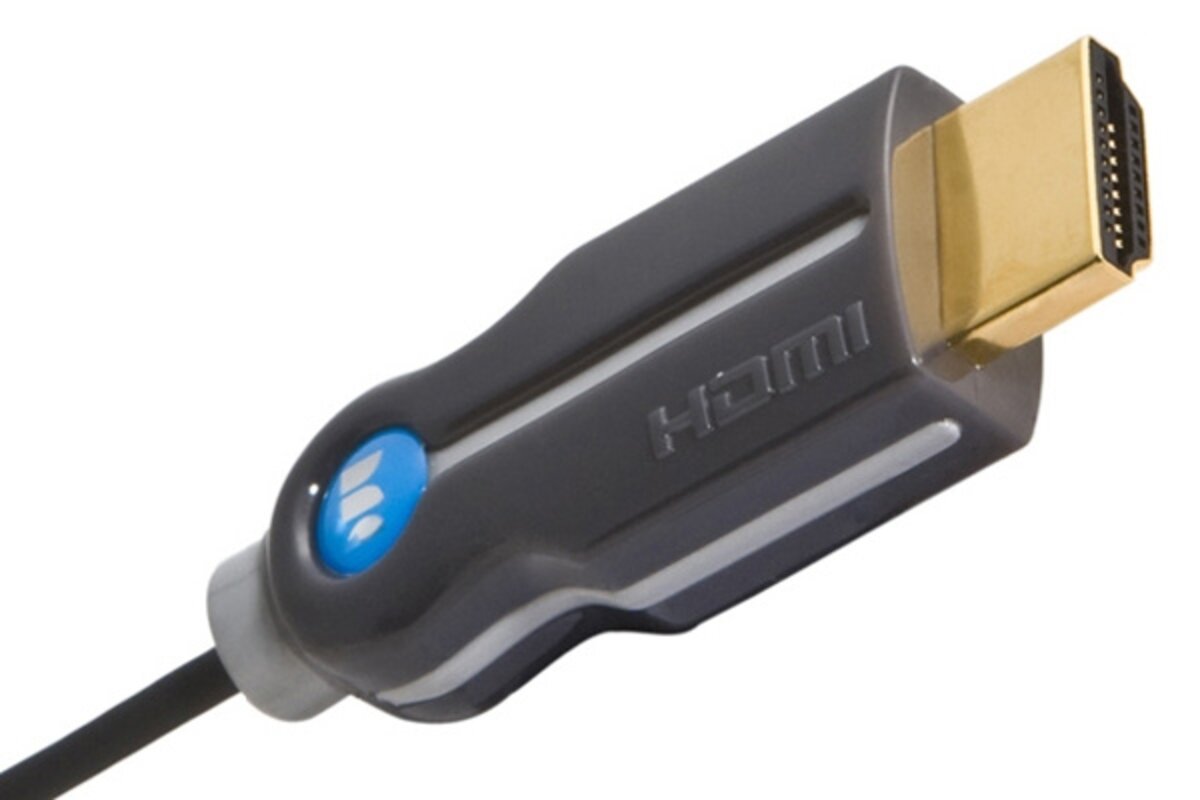Why are HDMI cables so expensive?
Loading...
The rules of supply and demand don’t apply to cables. A Best Buy in downtown Boston charges for name-brand HDMI cables, which connect high-definition video to big-screen TVs. The Radio Shack a few blocks away wants for its generic version. Online, Amazon will sell you HDMI cables for .
Ostensibly, the products are identical. So why the huge disparity in price? Is there a difference between the three products?
Not really.
The prolific review crew at CNET put it more harshly. “Those cables are a rip-off,” says the website’s . “You should never pay more than $10 for a standard six-foot HDMI cable.”
CNET’s editors regularly use inexpensive options for both professional tests and in their own home theaters. There’s no distinguishable drop in picture quality, they say. Any cable that caused unwanted dropouts or flashes was simply defective, something that can occur with all electronics – and no brand had consistent problems.
Consumer Reports, , , and trials by the Monitor agree. “Our tests indicate, you can expect flawless performance from any 4-meter cable, regardless of price,” writes .
So why do salespeople praise the expensive kind? The secret is that stores don’t make much profit off TVs and video-game consoles. So to balance out the big items, most retailers mark up the little things.
For example, the retail watchdog Consumerist.com published a list from Monster Cables, the high-end brand that hawks some of the most expensive cords. The suggested retail price for its four-foot HDMI cable is $79.99. But it wholesales for $38.23 – less than half the sticker price.
Monster by saying that final prices are up to individual stores and that its suggested markup is “much less” than the margins on clothing, jewelry, and furniture.
The company says it takes pride in the quality of its cables. They’re built to withstand wear and tear, both within the insulation and where the connector meets the TV.
And Monster insists that its HDMI products are somewhat futureproof. HDMI is an evolving standard. Current cables, especially Monster’s, can deliver more information per second than their original HDMI ancestors. According to Monster, this matters with 1080p video, which is the sharpest on the market, and will mean even more if TVs move toward higher-definition pictures.
But again, many eagle-eyed reviewers stress that with TVs under 1080p (such as 480p, 720p, or 1080i), you can’t tell the difference. And since image quality is only as good as the weakest link, that top-notch standard only applies if both the TV and the video run at 1080p. For example, high-def broadcast TV channels stick to 720p or 1080i – and they’ll most likely remain that way for some time.
Online stores offer the best deals on cables. , , and all have reasonable prices and good reputations. Anything below $2 should raise your suspicions, so check out their return policies before you pull out your credit card.




